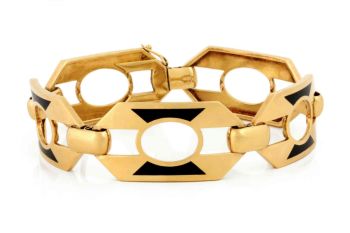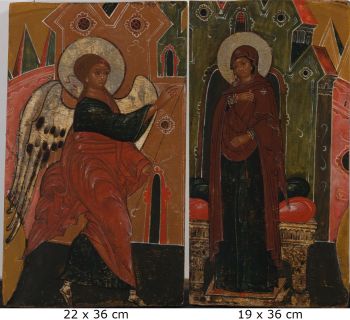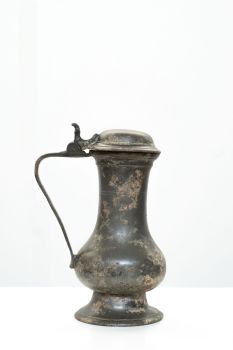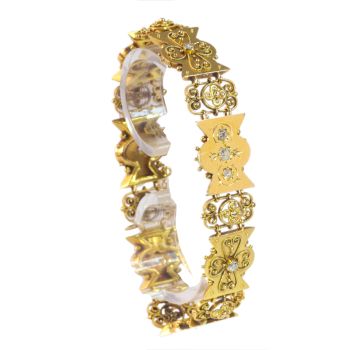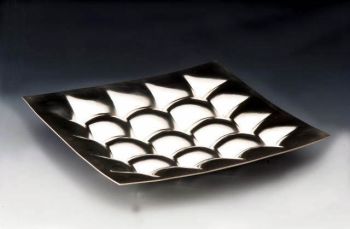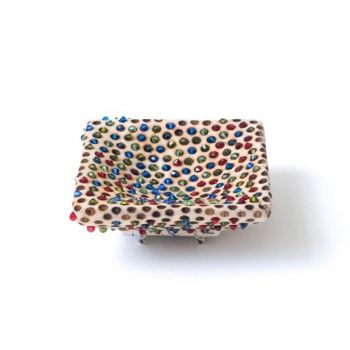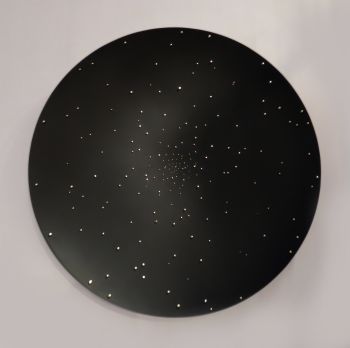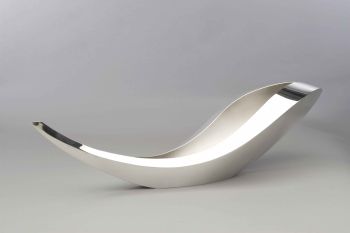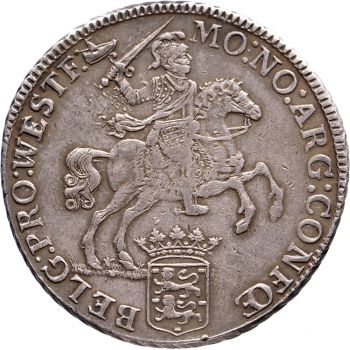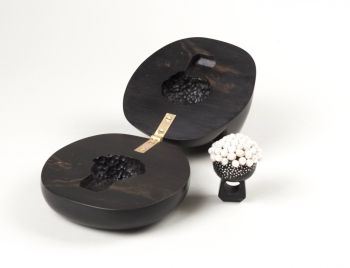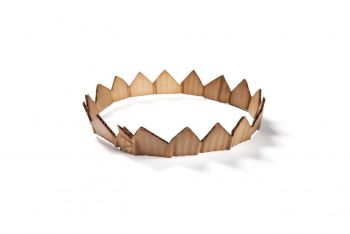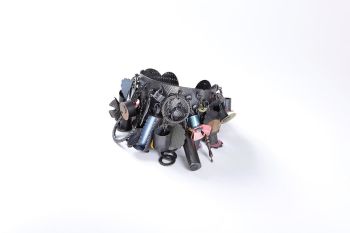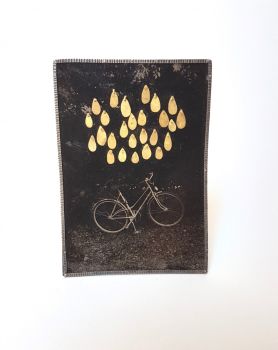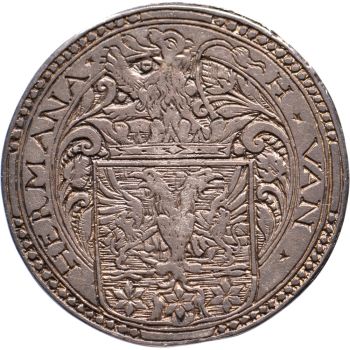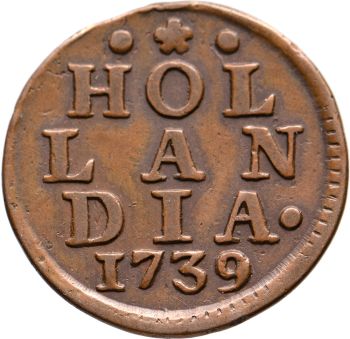Silver bar VOC – Rooswijk Shipwreck 1740
Artista Desconocido
Plata
Actualmente no disponible a través de Gallerease
- Sobre la obra de arteVOC Logo under the capital letter A.(Chamber of Amsterdam). Under the logo crest rearing buck, the mark of Assayer Otto Buck (assayer in Dordrecht from 1731 to 1756).
RARE
Recovered from the wreck of the VOC ship ‘Rooswijk’
The Rooswijk, of the Dutch East India Company (VOC), was lost in a storm on January 9 1740 at the Goodwin Sands, an area of undeep waters and moving sandbanks with a length of ca. 16 km before the southeast of England, approximately 9 km off the coast near Deal. In Deal the canon shots of the Rooswijk were heard and were thought to indicate a ship in distress. The next day wreckage and a chest with letters, identifying the ship, washed up on the shore. None of the crew survived.
In 2004 the wreck of the Rooswijk was discovered by accident by a carpenter and an amateur diver. Part of the cargo was salvaged the next year. Silver ingots, coins, sabels, muskets, and utensils were recovered.
Weight: 1963.41 g
Dimensions: ca. 38 x 165 x 31 mm - Sobre el artista
Puede suceder que un artista o creador sea desconocido.
Algunas obras no deben determinarse por quién está hecho o por (un grupo de) artesanos. Algunos ejemplos son estatuas de la Antigüedad, muebles, espejos o firmas que no son claras o legibles, pero también algunas obras no están firmadas en absoluto.
También puedes encontrar la siguiente descripción:
•"Atribuido a …." En su opinión, probablemente una obra del artista, al menos en parte.
•“Estudio de….” o “Taller de” En su opinión, una obra ejecutada en el estudio o taller del artista, posiblemente bajo su supervisión
•“Círculo de…” En su opinión, una obra del período del artista que muestra su influencia, estrechamente asociado con el artista pero no necesariamente su alumno.
•"Estilo de …." o “Seguidor de…”. En su opinión, una obra ejecutada al estilo del artista pero no necesariamente por un alumno; puede ser contemporáneo o casi contemporáneo
•"Manera de …." En su opinión una obra al estilo del artista pero de fecha posterior
•"Después …." En su opinión, una copia (de cualquier fecha) de una obra del artista
•“Firmado…”, “Fechado…” o “Inscrito” En su opinión, la obra ha sido firmada/fechada/inscrita por el artista. La adición de un signo de interrogación indica un elemento de duda.
•“Con firma…”, “Con fecha…”, “Con inscripción…” o “Lleva firma/fecha/inscripción” en su opinión la firma/fecha/inscripción ha sido añadida por alguien que no es el artista
Artwork details
Related artworks
- 1 - 4 / 12
Artista Desconocido
UN INUSUAL PLATO DE PLATA CON LOBBED INDONESIOlate 17th
Precio a consultarZebregs & Röell - Fine Art - Antiques
1 - 4 / 24










